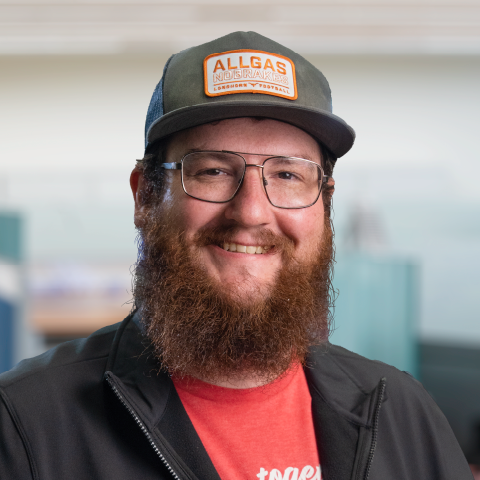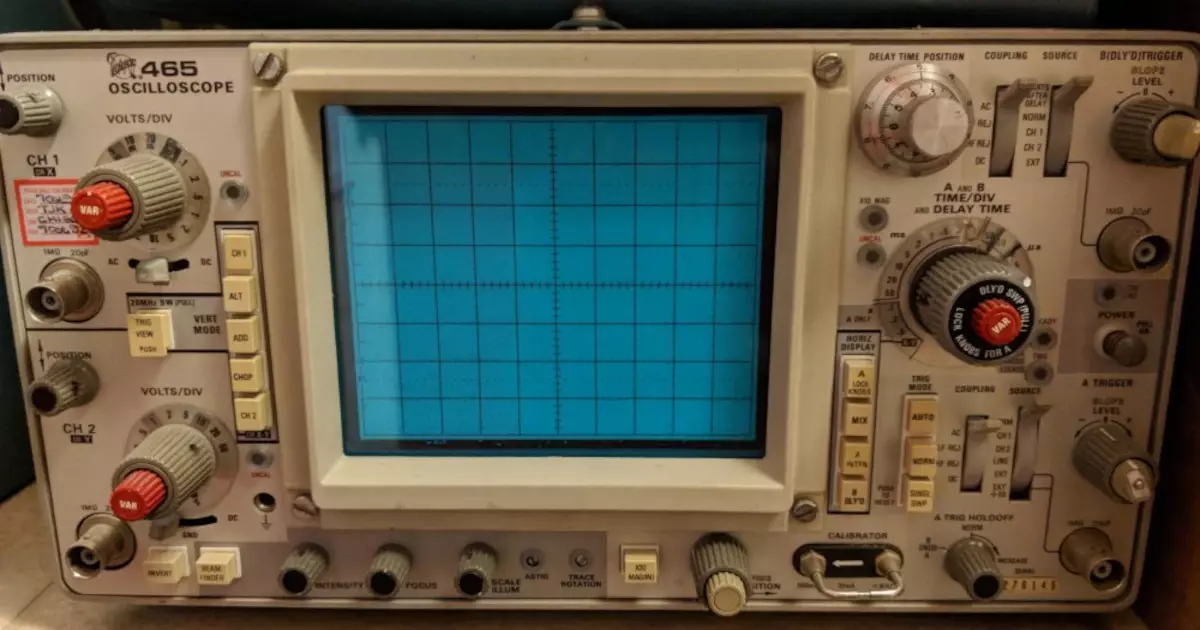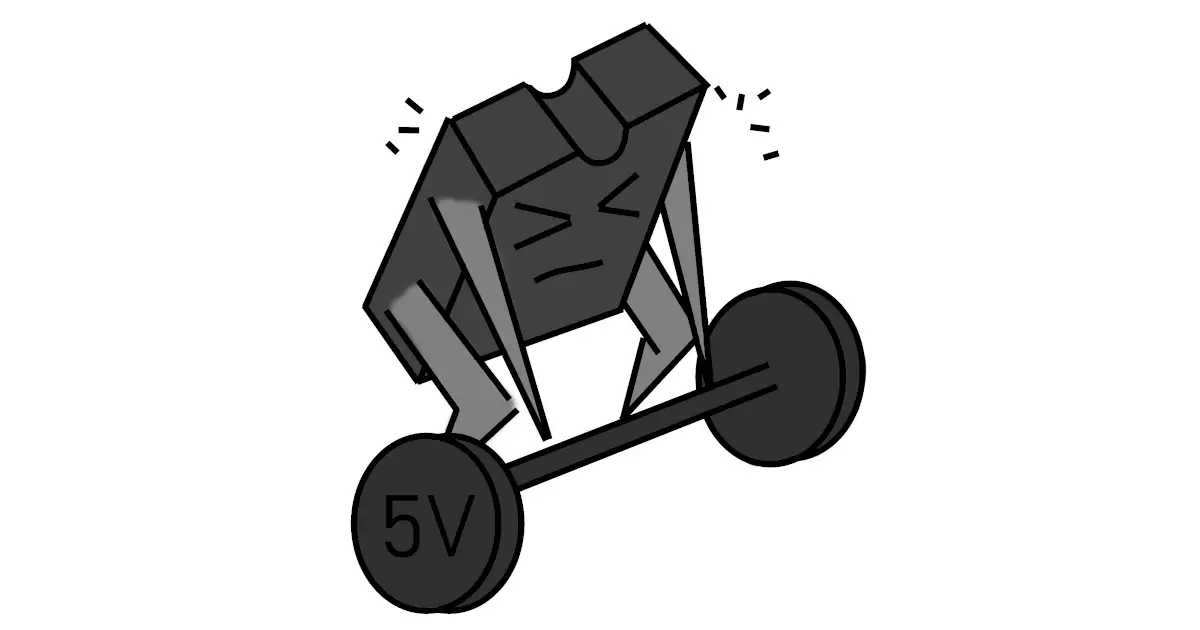Related Topics
Standard-ish
Stephen hacks an oscilloscope into a dynamic signal analyzer and Parker gets some verilog code to compile.
Chasing Oscillations
Stephen hunts oscillations in the Serengeti while Parker watches out for danger noodles.
Playing the New Doom
Stephen and Parker talk about the DSO138 Oscilloscope and when external pullups should be used on MCUs.
Other Resources
Circuit Break Podcast
Webinars
Videos
Tour MacroFab's ITAR-Compliant Facility
July 22, 2022, Episode #338
Project DiffProbe
- Landed on the topology Stephen wants
- High voltage dividers
- Compensation capacitors
- CMRR calibration (120dB rejection)
- Offset correction
- Buffers and Instrumentation Amplifiers
- Differential Stage
- 10x and 100x attenuation means offsets have to be bang on
- High voltage dividers
- Opamps (3 of them)
- Buffers
- Low input bias current
- Low offset
- Bandwidth?
- Differential amp
- Low offset. Capable of driving 50 ohm load to the scope
- Gain setting resistors
- Vishay ACAS 0612 – Precision resistor network
- 4×0603 resistors to make a diff amplifier with a gain of 2
- Relative tolerance of 0.05%
- Worst case relative temp-coefficient 15ppm
- Buffers
Project Snackey
- Firmware is “feature complete”
- Display Commands
- How the vending motors actually work
- INA219 Current Sensor
- Interrupts
- Improved method for next revision?
- The one byte Serial Buffer problem
- NEOPIXEL (WS2812) vs APA102 (SK9822)
- Blocking functions
- DMA – Direct memory access
- Importance of full system integration testing
- Timer Lockouts for motors
- Is there a better way?
About the Hosts

Parker Dillmann
Parker is an Electrical Engineer with backgrounds in Embedded System Design and Digital Signal Processing. He got his start in 2005 by hacking Nintendo consoles into portable gaming units. The following year he designed and produced an Atari 2600 video mod to allow the Atari to display a crisp, RF fuzz free picture on newer TVs. Over a thousand Atari video mods where produced by Parker from 2006 to 2011 and the mod is still made by other enthusiasts in the Atari community.
In 2006, Parker enrolled at The University of Texas at Austin as a Petroleum Engineer. After realizing electronics was his passion he switched majors in 2007 to Electrical and Computer Engineering. Following his previous background in making the Atari 2600 video mod, Parker decided to take more board layout classes and circuit design classes. Other areas of study include robotics, microcontroller theory and design, FPGA development with VHDL and Verilog, and image and signal processing with DSPs. In 2010, Parker won a Ti sponsored Launchpad programming and design contest that was held by the IEEE CS chapter at the University. Parker graduated with a BS in Electrical and Computer Engineering in the Spring of 2012.
In the Summer of 2012, Parker was hired on as an Electrical Engineer at Dynamic Perception to design and prototype new electronic products. Here, Parker learned about full product development cycles and honed his board layout skills. Seeing the difficulties in managing operations and FCC/CE compliance testing, Parker thought there had to be a better way for small electronic companies to get their product out in customer's hands.
Parker also runs the blog, longhornengineer.com, where he posts his personal projects, technical guides, and appnotes about board layout design and components.

Stephen Kraig
Stephen Kraig is a component engineer working in the aerospace industry. He has applied his electrical engineering knowledge in a variety of contexts previously, including oil and gas, contract manufacturing, audio electronic repair, and synthesizer design. A graduate of Texas A&M, Stephen has lived his adult life in the Houston, TX, and Denver, CO, areas.
Stephen has never said no to a project. From building guitar amps (starting when he was 17) to designing and building his own CNC table to fine-tuning the mineral composition of the water he uses to brew beer, he thrives on testing, experimentation, and problem-solving. Tune into the podcast to learn more about the wacky stuff Stephen gets up to.
Special thanks to whixr over at Tymkrs for the intro and outro!
Related Podcasts

Standard-ish
Stephen hacks an oscilloscope into a dynamic signal analyzer and Parker gets some verilog code to compile.

Playing the New Doom
Stephen and Parker talk about the DSO138 Oscilloscope and when external pullups should be used on MCUs.

Chasing Oscillations
Stephen hunts oscillations in the Serengeti while Parker watches out for danger noodles.
About MacroFab
MacroFab offers comprehensive manufacturing solutions, from your smallest prototyping orders to your largest production needs. Our factory network locations are strategically located across North America, ensuring that we have the flexibility to provide capacity when and where you need it most.
Experience the future of EMS manufacturing with our state-of-the-art technology platform and cutting-edge digital supply chain solutions. At MacroFab, we ensure that your electronics are produced faster, more efficiently, and with fewer logistic problems than ever before.
Take advantage of AI-enabled sourcing opportunities and employ expert teams who are connected through a user-friendly technology platform. Discover how streamlined electronics manufacturing can benefit your business by contacting us today.